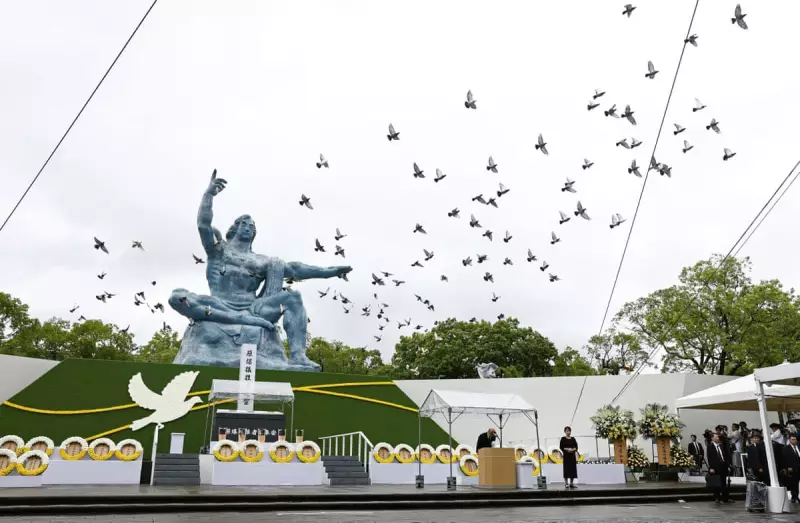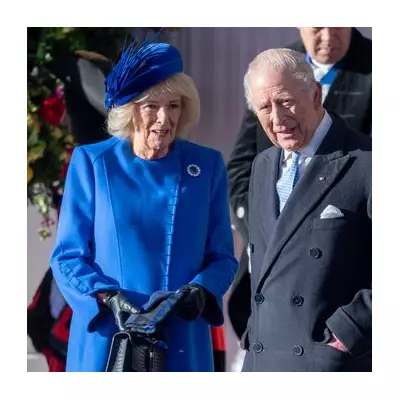
The Urakami Cathedral in Nagasaki, a poignant symbol of resilience, has unveiled twin bells to mark the 80th anniversary of the atomic bombing that devastated the city during World War II. The bells, cast from melted-down metal salvaged from the original cathedral destroyed in 1945, serve as both a memorial and a call for global peace.
A Historic Tribute
The twin bells, named "Hibaku" (survivor) and "Heiwa" (peace), were consecrated in an emotional ceremony attended by survivors, descendants, and dignitaries. Their resonant chimes echo the cathedral's enduring spirit, rebuilt in 1959 after the bombing reduced it to rubble.
Blending Past and Future
Each bell carries inscriptions in Japanese and Latin, honouring the victims while urging future generations to pursue harmony. "The sound of these bells is a prayer," said Archbishop Mitsuaki Takami, a survivor of the bombing. "It reminds us of the past but also calls us to build a world free from nuclear threats."
Nagasaki's Message to the World
The installation coincides with growing global tensions over nuclear proliferation. Nagasaki Mayor Shiro Suzuki emphasised the city's role as a beacon of peace: "We must never forget the horrors of war. These bells are our voice to the world—a plea for disarmament and reconciliation."
The cathedral, once the largest in East Asia, now stands as a UNESCO-recognised site of "negative heritage," transforming tragedy into a universal lesson.





